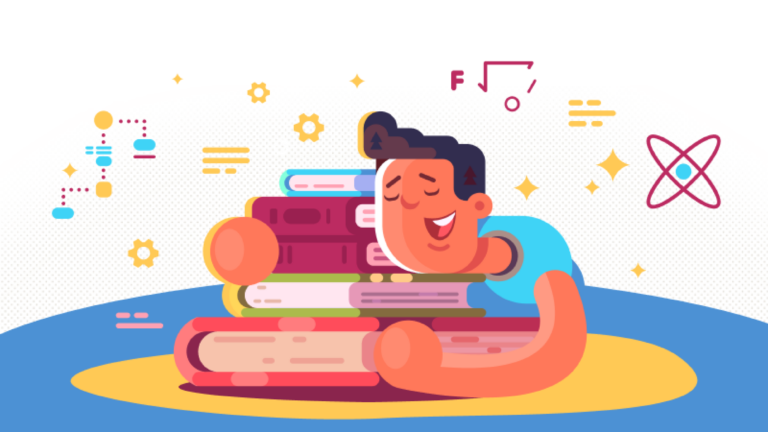There is no ultimate strategy to ensure a 100% learning efficiency. Every approach is different and unique. However, for a student who wishes to study better and make the most out of it, finding the right matching approach is vital. Otherwise, the studying progress risks being too slow or not evolving at all.
The following infographic introduces four major learning strategies depending on the student’s individual capabilities. It is a common scientific belief that learners fall into four types: visual learners, auditory learners, tactile (or kinesthetic) learners, and reading/writing learners. These styles stand for the idea that every student perceives, processes, and learns information variably. Thus, to boost one’s learning efficiency, it is advisory to take into consideration one’s individual cognitive and emotional characteristics.
To find a perfect studying strategy, students must first determine their corresponding learning type. Explore their capabilities, strengths and weaknesses. Subsequently, they can introduce the best studying techniques in their educational activities and practical engagements.
This infographic offers a simple explanation of the key learning styles, helps to define the matching strategy depending on one’s individual performance capabilities, and presents a set of helpful and counterproductive study habits for any type of learner.




